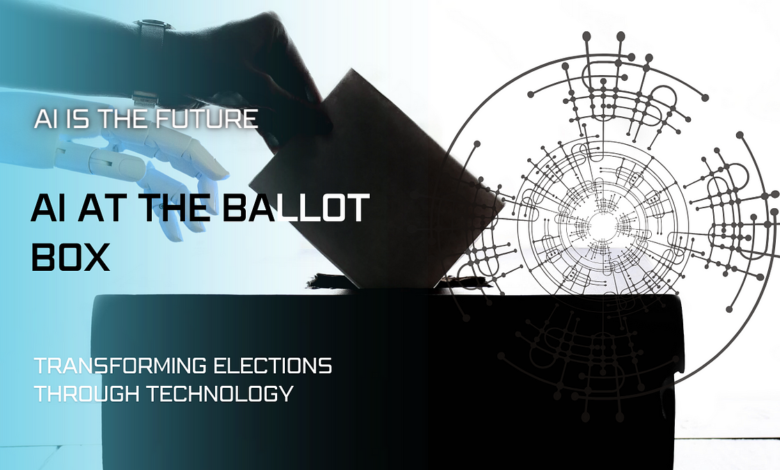Artificial Intelligence at the Ballot Box? | by Vincent Injeria | Apr, 2024

Impact on Elections:
- Voter Analytics & Behavior Prediction
Advanced Data Analysis: AI algorithms can process vast amounts of data collected from various sources, such as social media, demographic databases, and voter registration records. This data is then analyzed to identify patterns, trends, and correlations that offer valuable insights into voter behavior. Unlike traditional methods, AI-powered analytics can handle complex datasets efficiently, uncovering hidden patterns that human analysts may overlook.
Predictive Modeling: AI constructs predictive models using machine learning techniques that forecast voter behavior based on historical data and real-time inputs. These models can anticipate how different demographic groups are likely to vote, their policy preferences, and even their likelihood of turnout. By extrapolating from past trends and adjusting for current factors, predictive modeling enables campaigns to tailor their messaging and targeting strategies for maximum impact.
Microtargeting and Personalization: AI facilitates microtargeting efforts by segmenting the electorate into granular groups based on shared characteristics and preferences. This allows campaigns to deliver personalized messages and policy proposals to specific voter segments, thereby increasing the relevance and effectiveness of their outreach efforts. By understanding the nuanced preferences of individual voters, campaigns can forge deeper connections and mobilize support more effectively.
2. Enhanced Election Security.
Detection of threats: AI-powered algorithms are adept at detecting a wide range of threats to election security, including disinformation campaigns, cyberattacks, and attempts at voter manipulation. By analyzing vast amounts of data from diverse sources, AI can identify suspicious patterns, anomalous behaviors, and coordinated efforts to undermine the electoral process.
Mitigation of disinformation: One of the most insidious threats to election security is the proliferation of disinformation and fake news. AI-driven tools can analyze the spread of misinformation across social media platforms, identify false narratives, and flag suspicious content for review. Automated fact-checking systems leverage natural language processing (NLP) to assess the accuracy of news articles and social media posts, helping to counteract the spread of false information that could influence voter perceptions.
Voter fraud prevention: AI algorithms analyze voter registration data, ballot records, and other election-related information to detect patterns of fraud and irregularities. By comparing voter signatures, verifying voter identities, and flagging suspicious voting patterns, AI-powered systems enhance the accuracy and integrity of voter registration processes and ballot-counting procedures. Additionally, blockchain technology, often integrated with AI systems, offers secure and transparent methods for recording and verifying votes, reducing the risk of tampering and manipulation.
3. Predictive modeling.
Complex pattern recognition: Unlike traditional statistical methods, AI excels at identifying complex patterns and relationships within datasets that may not be readily apparent to human analysts. Through machine learning techniques such as deep learning and neural networks, AI can uncover subtle correlations and nonlinear interactions between various factors influencing electoral outcomes.
Scenario Analysis and Risk Assessment: AI facilitates scenario analysis and risk assessment by simulating different electoral scenarios and evaluating their potential outcomes. Campaign strategists, political analysts, and policymakers can use AI-powered models to assess the impact of various factors, such as changes in voter turnout, shifts in public opinion, or the emergence of unforeseen events, on the overall electoral landscape.
Granular Electoral Mapping: AI-driven predictive models can generate granular electoral maps that delineate key battlegrounds, swing districts, and demographic hotspots. By identifying areas of electoral significance, campaigns can allocate resources strategically, target outreach efforts effectively, and tailor their messaging to resonate with specific voter segments.



